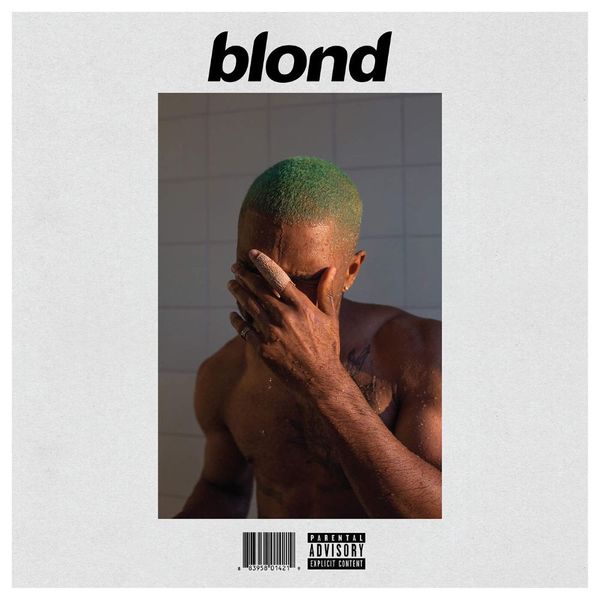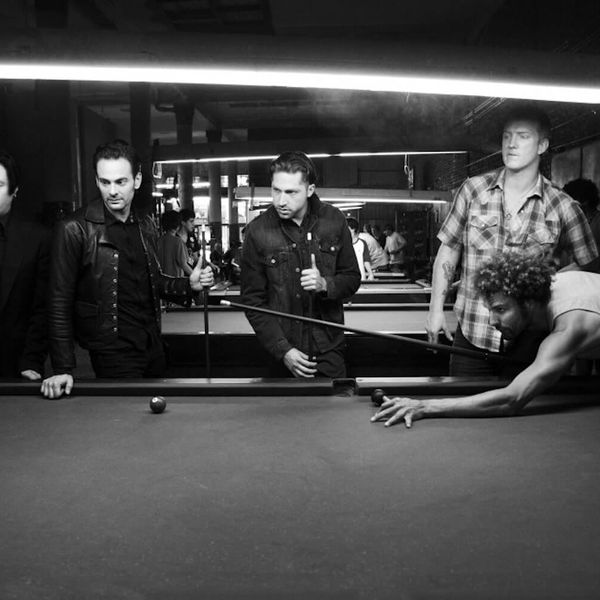André
The third album from Solange is proud, personal, and exceedingly pleasing. A Seat at the Table valiantly confronts discrimination and oppression in a similar manner to To Pimp A Butterfly, but is also understated and extremely modest compared to this year’s brilliant record from Solange’s older sister Beyoncé. It’s an extremely smooth ride with no turbulence or unnecessary distractions, full to the brim with colourful instrumentals and warm, comforting vocals that glide through at a measured pace.
The moderate tempos and subdued ornamentation makes for a deeply reflective space, as Solange addresses a host of issues in calculated fashion, but likewise a passive one. A Seat at the Table is thoroughly enjoyable, yet restrained. It doesn’t necessarily meander, but lacks the authority to propel it to heights that it aspires to reach. Even so, it remains sonically gratifying, and, to an extent, musically ambitious. The album travels through multiple styles and genres effortlessly, from funk and soul, to jazz, blues, and even elements of trap. Remarkably, it’s never jarring, and the fluid nature of the songs transmissions makes the record feel like a cruise. The instrumentals revel in their placidness, and when guest vocalists feature on stand out tracks such as “Don’t Touch my Hair” and “Mad”, they feel part of the package rather than a disturbance, and apply a further sense of unity.
A Seat at the Table soars at its own pace, and flows like a written diary. It doesn’t resonate with me in a way other albums of its kind have in recent years, but its qualities are clear to see. It will rightly be commended for its strong social statements. However, Solange’s latest record will likely remain memorable for its overall warmth and amiability than anything else.
7 out of 10
Fred
As sumptuous as A Seat at the Table can be, it often threatens to pass on by. It’s a smooth, elegant work put together with a subtlety lacking in many other releases this year. Solange Knowles navigates styles ranging from blues to reggae with intelligence and grace, and there are plenty of nice stretches, but that lasting impression is never quite made. There’s a lack of teeth to what goes on.
As serene and thoughtful as A Seat at the Table tends to be — fronted excellently by Solange’s vocal performance — its glossiness can leave me wanting. Even the more authoritative tracks like “Don’t Touch My Hair” (gorgeous, by the way) and “Where Do We Go” sound like a stiff breeze might blow them over. Touches of earthiness would have made a huge difference. This isn’t a criticism of the album so much as an observation of its nature. It’s reflective rather than assertive — but that passivity can keep you at arm’s length. Solange’s engagement is unquestionably sincere, but it feels responsive, like listening to a melodic echo. It’s interesting to hear the shadow Kendrick Lamar’s To Pimp a Butterfly is already casting. A lot of its calls are responded to here.
*A Seat at the Table *listens like a thoughtful, tender, prim disciple, and deserves its success, but it seldom blazes a trail. It reaffirms a cultural swell in a way that’s measured and lovely to listen to, and I think that’s how it will be remembered.
7 out of 10
Andrew
There was little fanfare for the release of Solange Knowles latest release, A Seat at the Table, but it’s a great listen. Featuring appearances from Lil Wayne, Sampha, and Kelly Rowland, it looks like a patchy album on paper, but each collaboration has had clear direction from Solange, making for a great mix of the featuring artist’s style and her own. This results in a silky smooth, cohesive album that doesn’t outstay its welcome despite its 50-minute play time.
Drawing from one of my preferred trends in music over the last couple of years, A Seat at the Table takes heavy influences from jazz, especially towards the end of the record. At the same time, I am reminded of electronic artists like James Blake and SBTRKT during “Rise”, and ’70s and ’80s funk during “Junie”, all the while keeping a solid soul vibe at the centre of it all.
The album is very slickly produced, and the vocals are immaculately presented, but this actually became the downfall for me. During my initial listen, images of pristine studios and expensive session artists popped into my head. Given the interludes and the lyrical content of much of the album, I would take a guess that this is not the image that was intended to be conveyed, with many themes similar to those on Kendrick Lamar’s To Pimp a Butterfly, which dealt with difficult social and racial tensions, with further celebration and recounts of black history and culture.
This all amounts to an album that should be far more hard hitting and impactful than it was for me. Instead, it remains a solid album that I’ve really enjoyed listening to, but won’t stick with me as closely as similar albums have.
7 out of 10



